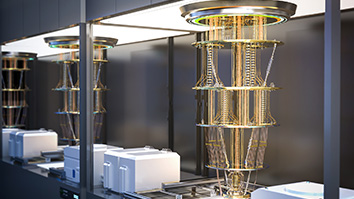Citation
Xu, B.; Limb, S. J.; Rodkin, A.; Shrader, E.; Garner, S. Formation of very low resistance contact for silicon photovoltaic cells.Proceedings of the 38th IEEE Photovoltaic Specialists Conference (PVSC); 2012 June 3-8; Austin, TX. Piscataway NJ: IEEE; 2012; 3354-3358.
Abstract
A number of approaches have been developed in order to introduce a nickel-based contact layer between the silver electrode and n+ emitter layer, which can substantially reduce the specific contact resistance. One of them is to use a blanket sputtered nickel film as the contact layer and screen printed silver lines as an etch mask to pattern the underlying nickel film. This approach ensures the use of high quality nickel film as a contact layer to reduce the specific contact resistance, and also avoids the use of standard photolithographic process to reduce the cost. The result shows the specific contact resistance with this approach can be reduced by about two orders of magnitude compared to only using screen printed silver gridlines. The second approach is to use inkjet printed nickel nanoparticle inks instead of the sputtered nickel film to form the contact layer, enabling a very low cost inline process that can be easily implemented into current solar cell production line. The PC1D modeling result shows that the absolute efficiency of solar cells can be increased by up to 0.9% with the substantial reduction on contact resistance.


